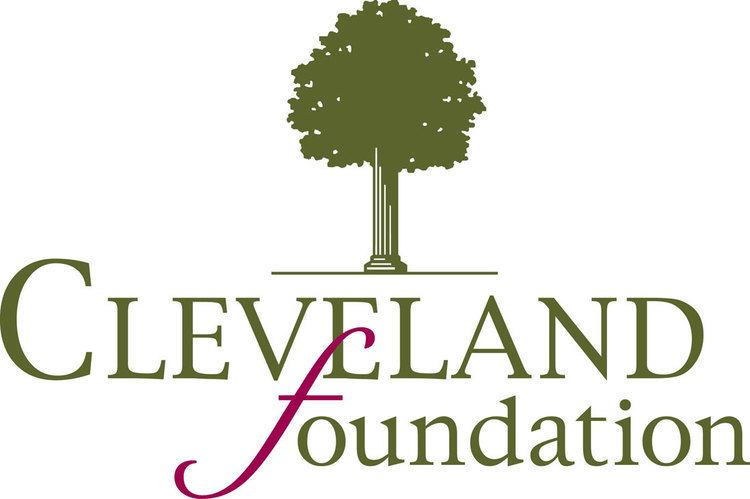Founded 1914 | ||
 | ||
Management lecture series ronn richard president of the cleveland foundation
Established in 1914, The Cleveland Foundation was the world's first community foundation. As of December 2011, it is America's fourth-largest community foundation, with assets of $1.62 billion and annual grants of around $84 million.
Contents
- Management lecture series ronn richard president of the cleveland foundation
- Giving to the cleveland foundation
- History
- Mission
- Grantmaking
- References
The foundation serves Greater Cleveland, including Cuyahoga, Lake and Geauga counties. It is made up of more than 800 funds representing individuals, families, organizations and corporations. The current president and chief executive officer is Ronald "Ronn" Richard.
Giving to the cleveland foundation
History
The foundation was founded by Fredrick Harris Goff, a well-known banker at the Cleveland Trust Company, who sought to eliminate the "dead hand" of organized philanthropy. He created a dynamic, corporately structured foundation that could utilize community gifts in a responsive and need-appropriate manner.
In 2007, the foundation adopted a new logo and visual identity. Its web site also underwent a complete redesign (www.clevelandfoundation.org).
Mission
The mission of the Cleveland Foundation is "to enhance the lives of all residents of Greater Cleveland, now and for generations to come, by building community endowment, addressing needs through grantmaking and providing leadership on key community issues."
Grantmaking
The Cleveland Foundation awards most of its grants to 501(c)(3) non-profit organizations. Some grants are made to government agencies. Grants support Greater Cleveland projects and programs that benefit its citizens, meet community needs and test new ideas. The foundation generally does not make grants to individuals, for-profit organizations, small businesses, endowment campaigns, annual fundraising or membership drives.
The foundation proactively directs two-thirds of its discretionary grant dollars to five areas considered among the community’s most vital needs:
The other one-third is awarded in response to direct requests from the community. In addition to the five areas listed above, grants are awarded in health, civic affairs and social services.
